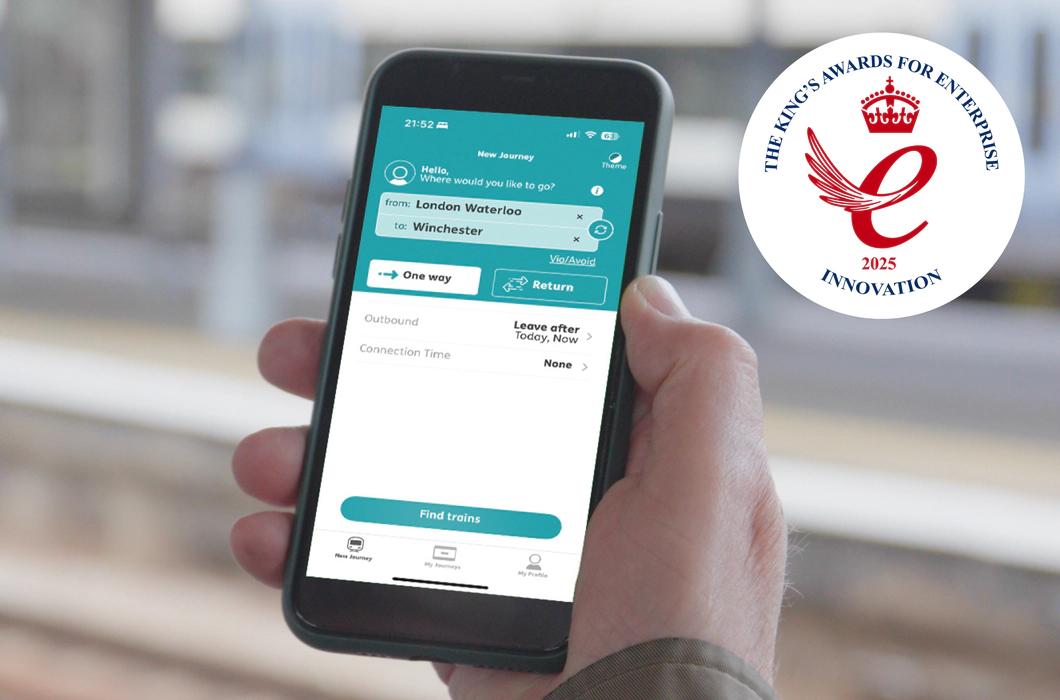
Empower Every Interaction
Deliver seamless customer experiences and communications, unlock actionable insights and lead with accessibility - all through our secure and scalable PA Product Suite.
Read more
Building A More Connected World
Read more about our vision and our latest innovation, PA Access Link.
Read more
Accessibility technology business, Transreport, receives King’s Award for Enterprise
Today, Transreport has been honoured with a King’s Award for Enterprise in the category of Innovation. This prestigious recognition celebrates our commitment to creating innovative solutions that drive positive change.
Read more
Transreport Partners with Hankyu to Launch Passenger Assistance
We are pleased to announce the upcoming launch of the web application Passenger Assistance in Japan in Spring 2025, in partnership with Hankyu Corporation
Read more
Trusted by Our Partners









Our Products

PA Product Suite
7M+
ASSISTANCES
For Disabled and older people, and people with access needs!
1M+
USER JOURNEYS
Improved by our PA Technology!
Building a Global Accessibility Network: Connecting People with Access Needs to Inclusive Businesses
At Transreport, we are on a mission to pioneer the world’s first global accessibility network - a secure digital platform that empowers people with access needs to communicate their requirements seamlessly, while enabling businesses to deliver truly inclusive services.
Our award-winning digital solutions enable Disabled and older people, and anyone with access needs, to communicate their accessibility requirements once and have them recognised by businesses everywhere - securely, consistently, and without repetition.
Whether it’s booking a train, checking into a hotel, or attending an event, our end-users can share a single digital profile across multiple industries to receive the right support, every time.
From transport operators to sports venues and hotels, we help businesses embed inclusivity into everyday operations - improving efficiency, meeting compliance standards, and driving long-term customer loyalty.
Together, we’re reimagining accessibility on a global scale - transforming how people travel, connect, and experience the world around them.





